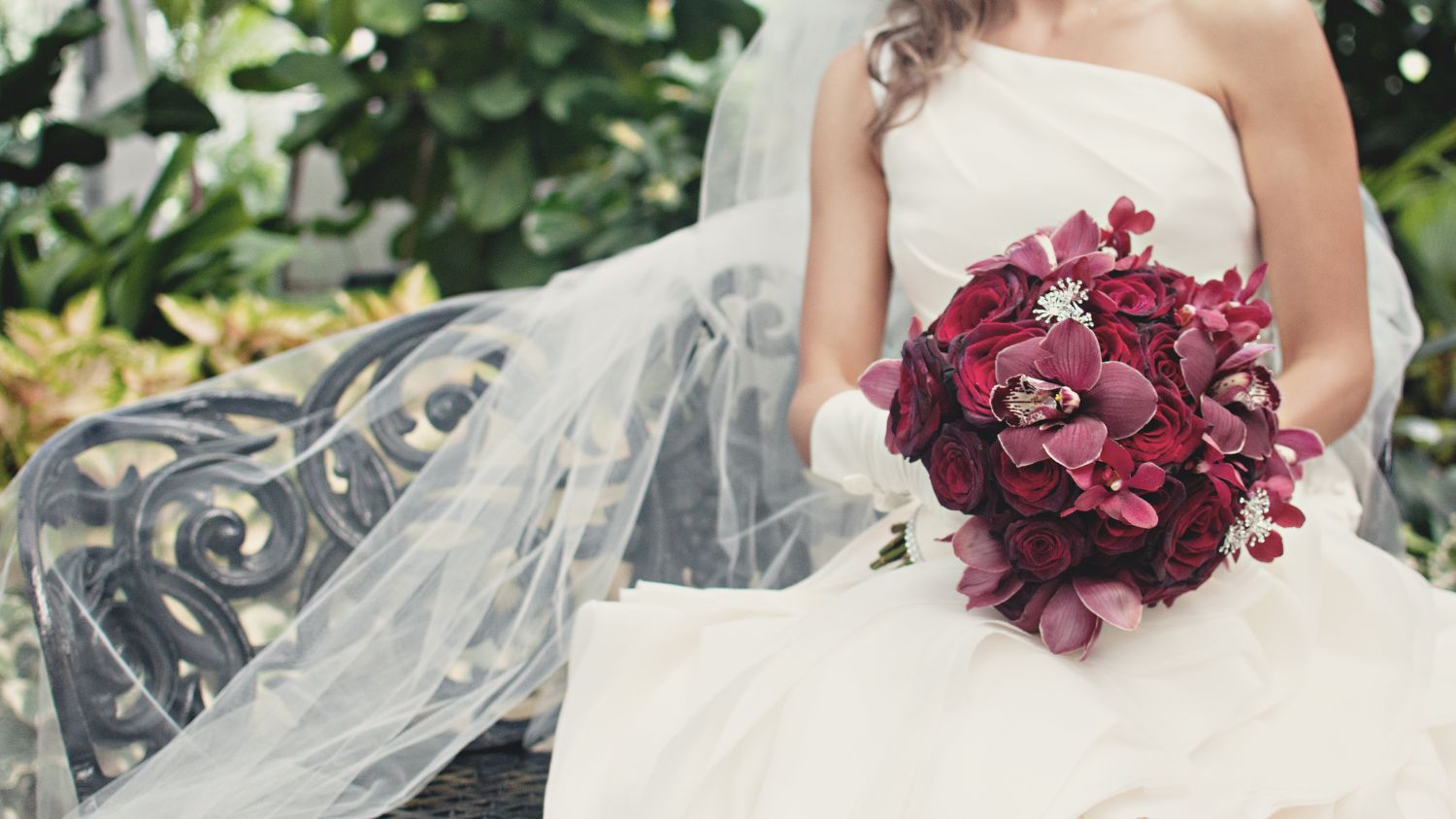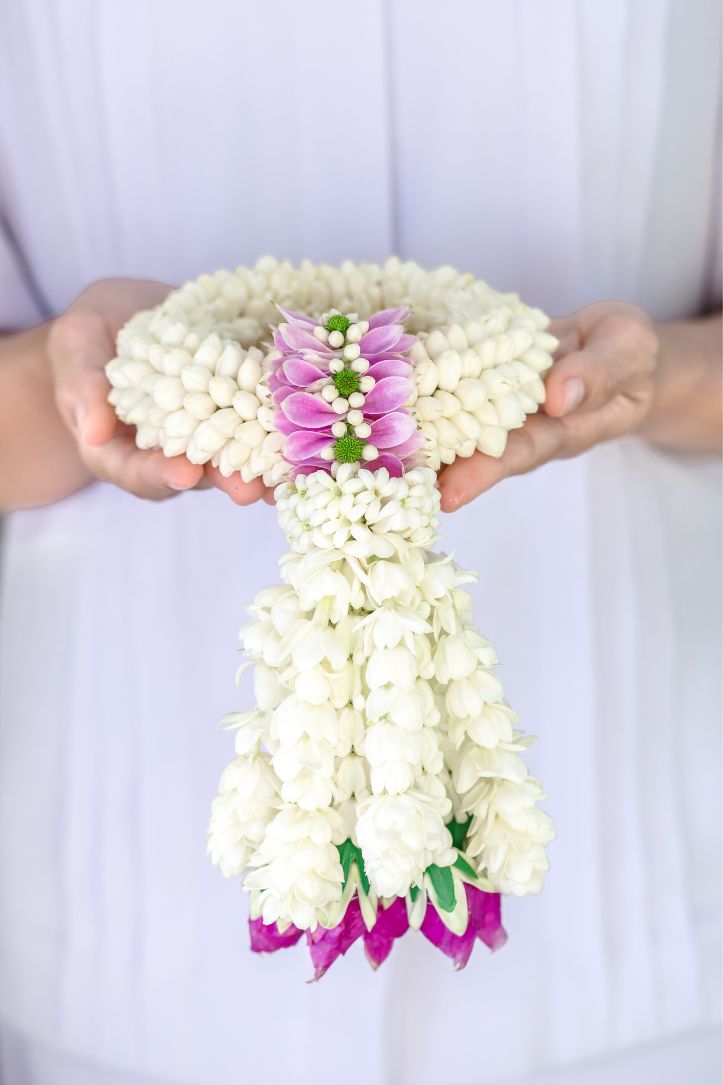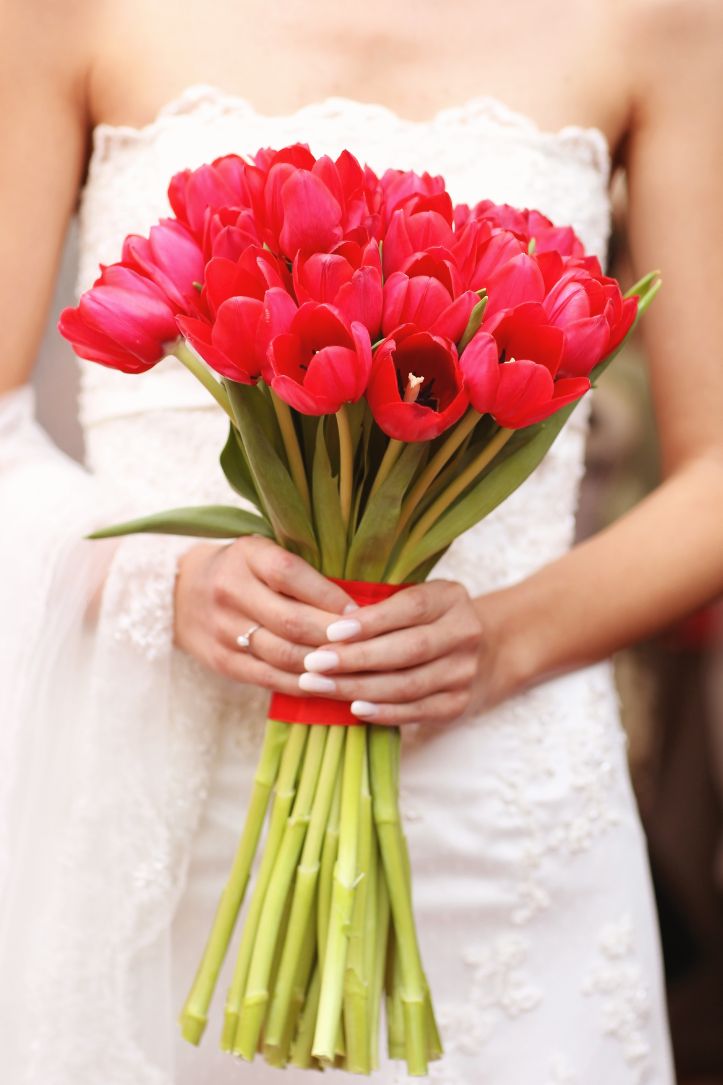
Flowers are admired and beloved throughout the world, but a little digging provides some fascinating insights into what they mean and symbolize in different countries. For centuries, flowers have helped people to share emotions they can’t express in words. “The love language of flowers” has been practiced in many societies, both ancient and modern.
THE CUSTOM OF LEIS IN HAWAII

PHOTO: Gina Ball
Probably nothing captures the spirit of aloha like a lei. Introduced to the Hawaiian Islands by early Polynesian voyagers who sailed from Tahiti, leis were constructed of flowers, leaves, shells, seeds, nuts, feathers, and even animal bone and teeth. Among other sacred uses, the lei was used to signify a peace agreement between opposing chiefs.
With the advent of tourism, the lei quickly became the welcome symbol of Hawaii. Legend has it that departing visitors would throw their leis into the sea in the hopes that, like the lei, they too would return to the islands again someday. The Kaanapali Beach Hotel in Maui offers lei-making sessions at their Kawenaokeao Cultural Center.
THAI BLOSSOM TRIVIA

PHOTO: Patty Chan
“If we could see the miracle of a single flower clearly, our whole life would change.” These words are from Siddhartha Gautama upon whose teachings Buddhism was founded. Floral offerings are an essential part of Buddhist culture.
Flower power is prevalent everywhere in Thailand, from the jasmine garlands hanging on your tuk tuk driver’s mirror to the lotus blossoms adorning spirit houses and temples. The lotus flower represents purity, enlightenment and faith. White jasmine represents the bond between a mother and child. It is the preferred Mother’s Day gift amongst the Thais.
TURKIYE’S TULIP MANIA

PHOTO: Alex Andrei
Most people think tulips come from the Netherlands, but they were originally cultivated in Persia and the Ottoman Empire (Turkiye today). The period from 1718 to 1730 was known as the Tulip Era under the reign of Sultan Ahmed III, who adored the flower and often tucked one into his turban. Tulips were depicted in the arts, folklore, poetry and music.
In the 17th century, the tulip came to the Netherlands and became a status symbol selling for exorbitant prices; one bulb could cost the price of a house!
Eventually this tulip mania craze crashed, but the tulip remains the national flower of the Netherlands and Turkiye. Keukenhof is the Netherlands’ most popular tulip destination, as millions visit every spring to marvel at the gardens in Lisse.


